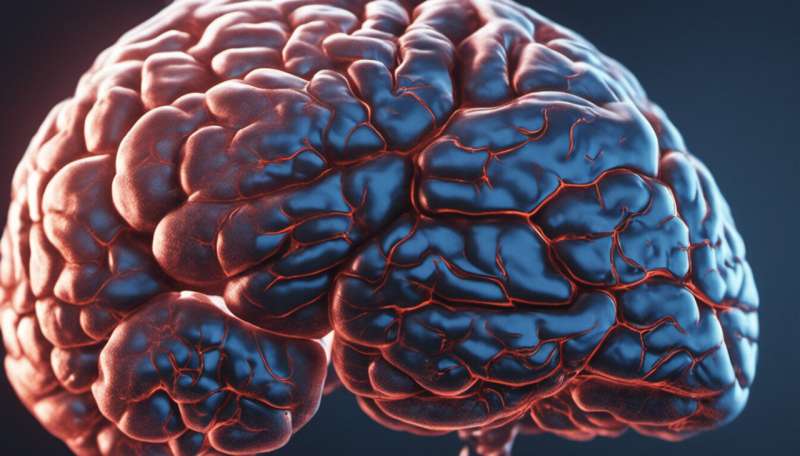The brain can rapidly reorganise to recover from damage

The brain can transfer specific functions to new areas when part of it is damaged, according to Oxford research.
The findings, published in Neuron, are relevant to understanding processes of recovery after stroke.
When brain damage occurs in stroke patients, activity in undamaged parts of the brain often increases. This is particularly prominent in patients with poor recovery.
However, it was not clear whether this was a cause of slow recovery, with activity in the brain becoming chaotic, or part of an adaptive process that helps recovery – the brain trying hard to transfer function over to the healthy hemisphere.
To find out, Dr Jacinta O’Shea and colleagues in the Department of Experimental Psychology and the Centre for Functional MRI of the Brain simulated brain damage in healthy volunteers by using transcranial magnetic stimulation (TMS), temporarily disrupting normal activity in the premotor cortex (a part of the brain that enables people to select which movement to make).
Participants were then asked to perform a task whose success depended on normal levels of activity in the premotor cortex: they had to make one of two finger movements depending on which of several shapes was presented on a computer screen.
As would be expected, after the simulated brain damage participants were initially slower at selecting the correct response. However, after four minutes, performance was back to normal. ‘This suggested to us that the brain might have reorganised itself to compensate for the interference’, says Dr O’Shea.
By imaging participants’ brains, the researchers confirmed that during recovered performance there was increased activity in undisrupted parts of the brain. As final confirmation, they tried disrupting one of the newly active brain areas – and, as predicted, performance on the task was once again impaired. The function of the ‘damaged’ brain area had been moved to the ‘healthy’ half of the brain.
The transfer was specific to the function of the premotor cortex, and it happened only when it was needed for the job,’ said Dr O’Shea. ‘The speed of the reorganisation was also impressive: the brain temporarily reconfigured itself in a matter of minutes.
‘Our findings show just how flexible the brain is.’
Source: University of Oxford





















